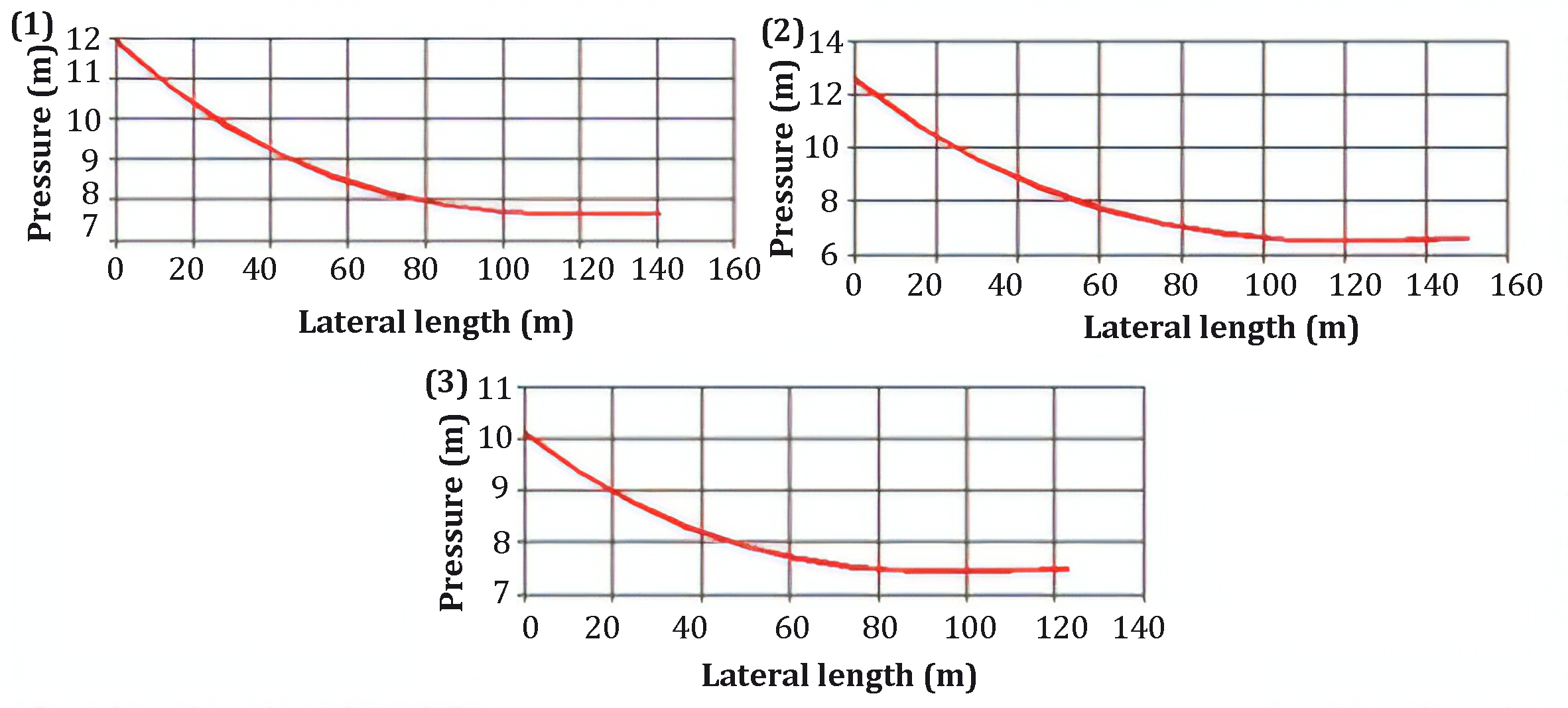Optimal design of drip irrigation submains: presure-compensating emitters
Palabras clave:
riego por goteo, diseño, subunidades, emisores autocompensantesResumen
For a drip irrigation system to be successful, it must be well designed, properly installed, managed and maintained. In plots with steep slopes and irregular topography that have little land leveling capacity and/or that require very efficient agricultural machinery, drip irrigation designs generally use pressure-compensating emitters. This work develops a methodology and implements it in a computer tool that makes it possible to optimally determine in drip-irrigated plots with pressure-compensating emitters: a) telescopic sizing of the submain manifold pipe, b) supply valve pressure and c) subunit’s intake valve location, when considering all hydraulic-economic aspects in the design phase. Techniques of optimal sizing of pipe networks and simulation of hydraulic networks under pressure are linked to economic analyzes of total annualized costs. Finally, the practical usefulness of the proposed methodology is shown with three examples of complex real cases where pipe design costs are reduced by 16-34% and energy costs by 37-51%.
Descargas

Descargas
Publicado
Cómo citar
Número
Sección
Licencia
Aquellos autores/as que tengan publicaciones con esta revista, aceptan las Políticas Editoriales.










.jpg)




